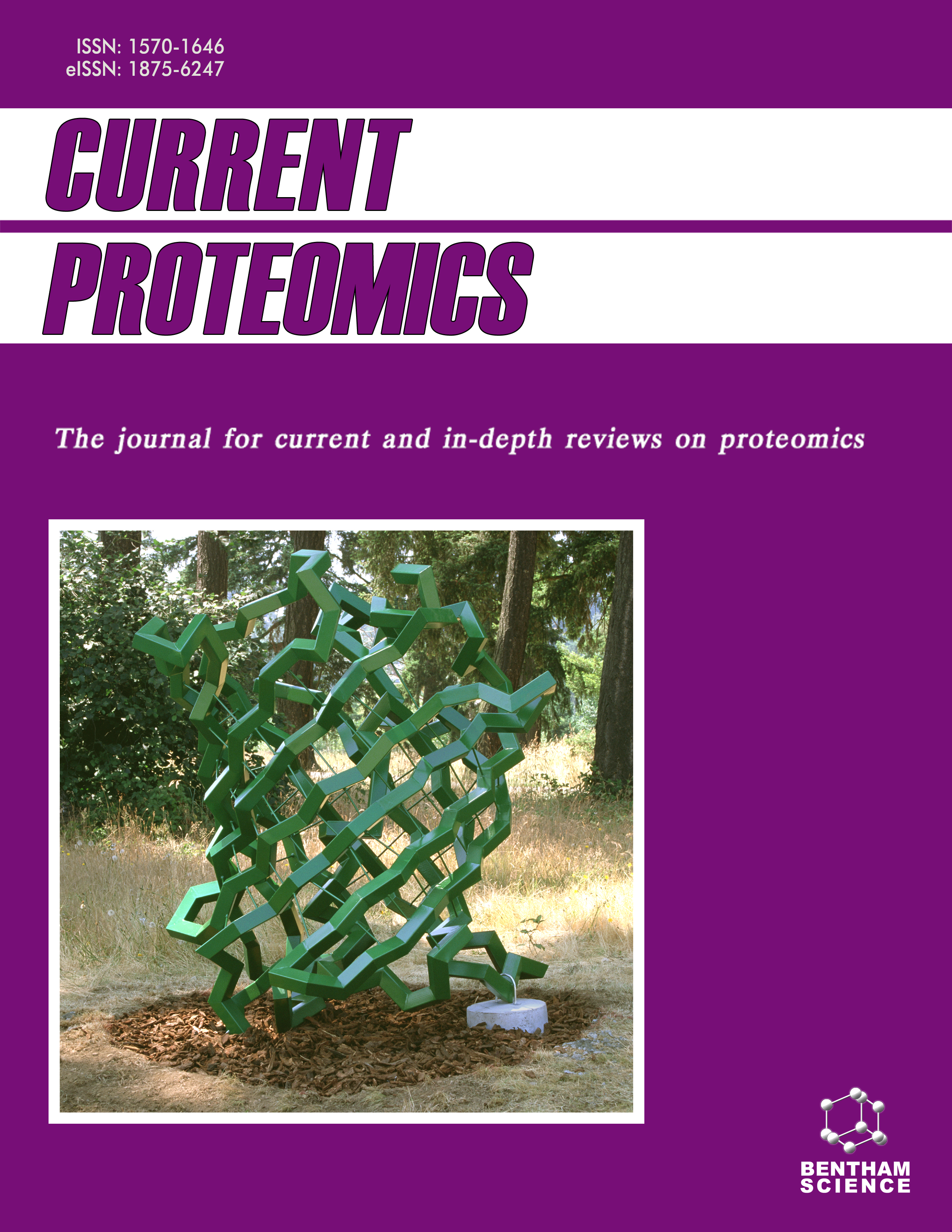
Full text loading...
Carbonic anhydrase (CA) has been an enzyme of great interest for its application in carbon dioxide sequestration. A total of 66 protein sequences of plant CAs were computationally analyzed and submitted to bioinformatics for motif and domain identification, multiple sequence alignment, and phylogenetic analysis.
The current work aims to extend knowledge among researchers in better understanding the structure of AZDI CA by analyzing its physicochemical properties, secondary structure prediction, 3D modeling of protein sequence, and its validation using a variety of conventional computational methods.
The accuracy of the predicted 3D structure checked by the Ramachandran plot generated by PROCHECK showed that for the CA protein sequence 93.1%, was observed in the most favored regions, VERIFY 3D 69.44% and ERRAT 98.09%. AZDI CA was docked with various anions and sulphonamide derivatives to study their inhibitory effect and calculate binding energy by using Autodock 4.2. Ethoxzolamide is found to be a better inhibitor of AZDI CA with binding energy -8.71 kCal/mol and KI value 0.0004 mM. Further MD simulation of the docked complex of ethoxzolamide with AZDI CA was done using SCHRODINGER DESMOND software.
The outcomes of this research will have a significant influence on biochemistry, biotechnology, and potential applications of AZDI CA and similar plant CAs in determining potent inhibitors for drug targets in treating various diseases.

Article metrics loading...

Full text loading...
References


Data & Media loading...

